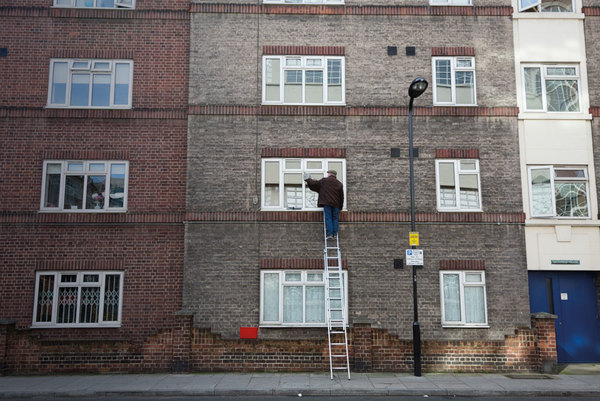You are viewing 1 of your 1 free articles
Another way
Living rent could save around £5.6bn a year and see more low-cost homes available to people on low incomes, says Helen Collins
In the commuter village where I live in the Midlands, there is a population of just under 12,000. At present, there are only 12 properties available to rent from private landlords and scant chance of securing a home through the social housing waiting list. There is large demand here for good quality, rented accommodation and this situation is mirrored in many other communities across the country.
So why are we as a nation not responding to these demand signals? Why are we not building decent, rented homes in much higher volumes?
The private rented sector (PRS) now houses 19% of households in England, up from 10% in 2000. There has been an increase in almost all age groups and household types living in private rented accommodation. The largest group – one in four households – are families with children and this is set to grow. But where are the new homes coming from to house them?
We know homeownership remains the aspiration of most people and it is a great tenure. Recent initiatives to boost access to homeownership have been welcomed by buyers and builders alike. Yet with the average house price touching £200,000 and set to rise by a further 25 per cent by 2020, according to the Royal Institution of Chartered Surveyors, it is a simple truth that homeownership is out of reach for many. And with more than 1.3 million households registered on social housing waiting lists, demand for rented homes can only continue to increase.
But, while there is consensus on the need to build more homes, there is less clarity on the numbers of rented homes needed to help meet the needs of all UK citizens. The late Professor Alan Holmans produced the most up-to-date and credible estimate of housing need. He estimated that 80,000 new social rented homes are needed in England each year (as part of a target of 240,000 new homes per annum). Current building levels are way below this, so how can this supply gap in rented accommodation be filled?
Research by Savills on behalf of the National Housing Federation and the Joseph Rowntree Foundation has produced a new approach to increase rented housing supply aimed specifically at low-income households excluded from the market.
It is called ‘living rent’ and would see more low-cost rental homes available to people on low incomes across the country. Living rents would help reduce poverty and ensure more people have a stable foundation from which to build a life and career.
Our proposal is for 80,000 homes to be built each year using £3bn from the government that would unlock an additional £7bn of investment from social landlords. These 80,000 homes would be a mixture of 40,000 living rent, and 40,000 intermediate rent and low-cost homeownership. This recognises the need for a range of tenures to respond to different housing needs, and 80,000 is proposed as an achievable increase in production from current levels.
Homes let at a living rent would, in most cases, cost less than the current ‘affordable rent’ regime. So by replacing affordable rent with living rent, the strain on the housing benefit bill would ease. Research undertaken by Professor Glen Bramley of Heriot-Watt University as part of the living rent research estimates that, without any changes to current policies, the housing benefit bill could rise by 45% to around £37bn by 2040. Replacing affordable rent with living rent would save around £5.6bn a year on this figure by 2040.
It is not good enough to simply say that those households left high and dry by the high cost of housing in many parts of this country have to make the best of things for themselves. Living rent offers a solution that the country can afford. Indeed, I would argue it can’t afford not to adopt living rents.
Helen Collins, director, Savills Housing Consultancy








